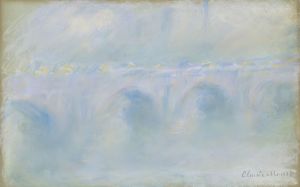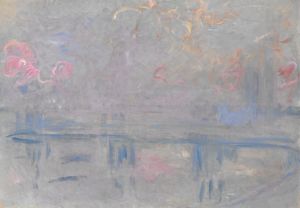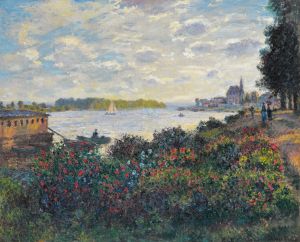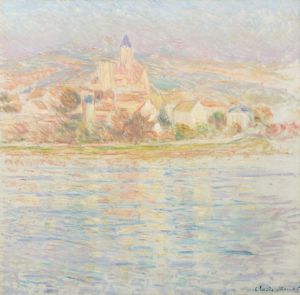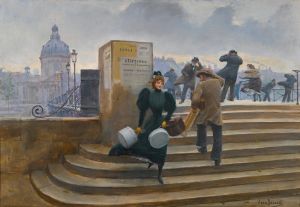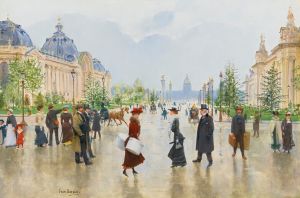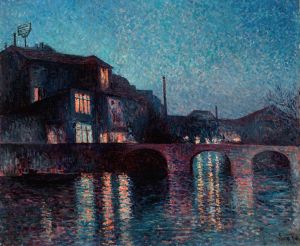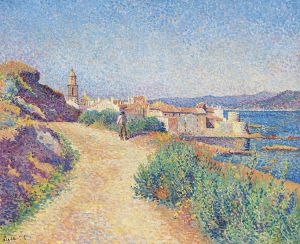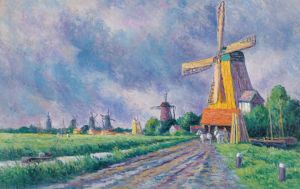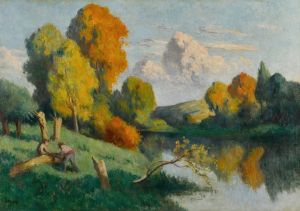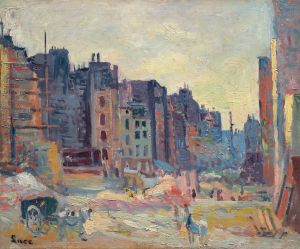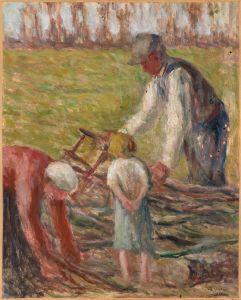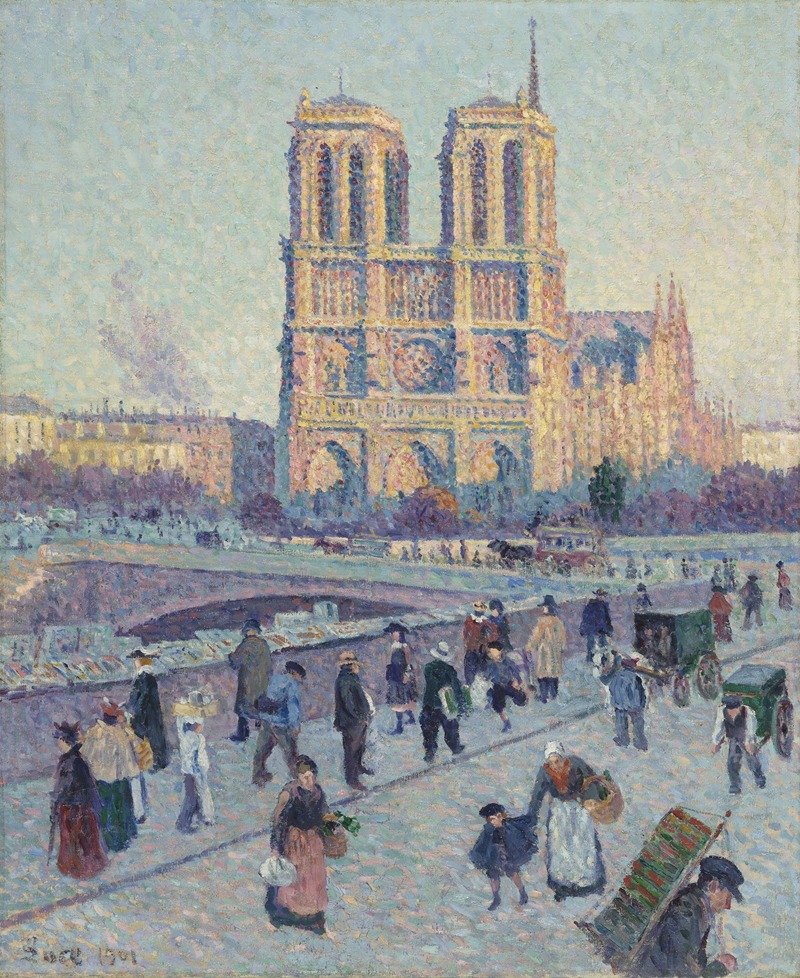
The Quai Saint-Michel and Notre-Dame
A hand-painted replica of Maximilien Luce’s masterpiece The Quai Saint-Michel and Notre-Dame, meticulously crafted by professional artists to capture the true essence of the original. Each piece is created with museum-quality canvas and rare mineral pigments, carefully painted by experienced artists with delicate brushstrokes and rich, layered colors to perfectly recreate the texture of the original artwork. Unlike machine-printed reproductions, this hand-painted version brings the painting to life, infused with the artist’s emotions and skill in every stroke. Whether for personal collection or home decoration, it instantly elevates the artistic atmosphere of any space.
Maximilien Luce's painting "The Quai Saint-Michel and Notre-Dame" is a notable work that captures a quintessential Parisian scene through the lens of the Neo-Impressionist movement. Luce, a French artist born in 1858, was a prominent figure in this movement, which was characterized by its use of pointillism—a technique involving the application of small, distinct dots of color to form an image. This method was pioneered by Georges Seurat and Paul Signac, and Luce adopted it to convey light and atmosphere in his works.
"The Quai Saint-Michel and Notre-Dame" depicts a view of the Seine River in Paris, with the iconic Notre-Dame Cathedral in the background. The Quai Saint-Michel is a well-known quay located on the left bank of the Seine, offering a picturesque view of the cathedral. This location has been a popular subject for artists due to its historical and architectural significance, as well as its vibrant urban life.
Luce's painting is celebrated for its vibrant use of color and meticulous attention to detail, hallmarks of the Neo-Impressionist style. The artist's application of pointillism in this work allows for a dynamic interplay of light and shadow, capturing the essence of a bustling day in Paris. The scene is animated by the presence of pedestrians and boats, reflecting the lively atmosphere of the city.
Maximilien Luce was deeply influenced by the social and political climate of his time, and his works often reflect his anarchist beliefs. Although "The Quai Saint-Michel and Notre-Dame" is primarily a landscape painting, it can also be seen as a celebration of everyday life and the beauty of urban environments. Luce's ability to infuse his landscapes with a sense of vitality and movement is a testament to his skill as a painter.
Throughout his career, Luce remained committed to the principles of Neo-Impressionism, even as other artists moved towards different styles. His dedication to this technique is evident in "The Quai Saint-Michel and Notre-Dame," where the careful placement of color creates a harmonious and luminous composition. The painting not only showcases Luce's technical prowess but also his deep appreciation for the city of Paris.
Today, "The Quai Saint-Michel and Notre-Dame" is recognized as an important work within Luce's oeuvre and within the broader context of Neo-Impressionist art. It serves as a reminder of the movement's innovative approach to color and light, as well as its impact on the development of modern art. The painting is held in high regard by art historians and continues to be studied for its artistic and historical significance.
Maximilien Luce's contributions to the art world extend beyond his paintings; he was also an active participant in the artistic community, engaging with fellow artists and contributing to the discourse on art and society. His works, including "The Quai Saint-Michel and Notre-Dame," remain influential, offering insight into the vibrant world of late 19th and early 20th-century Paris.





